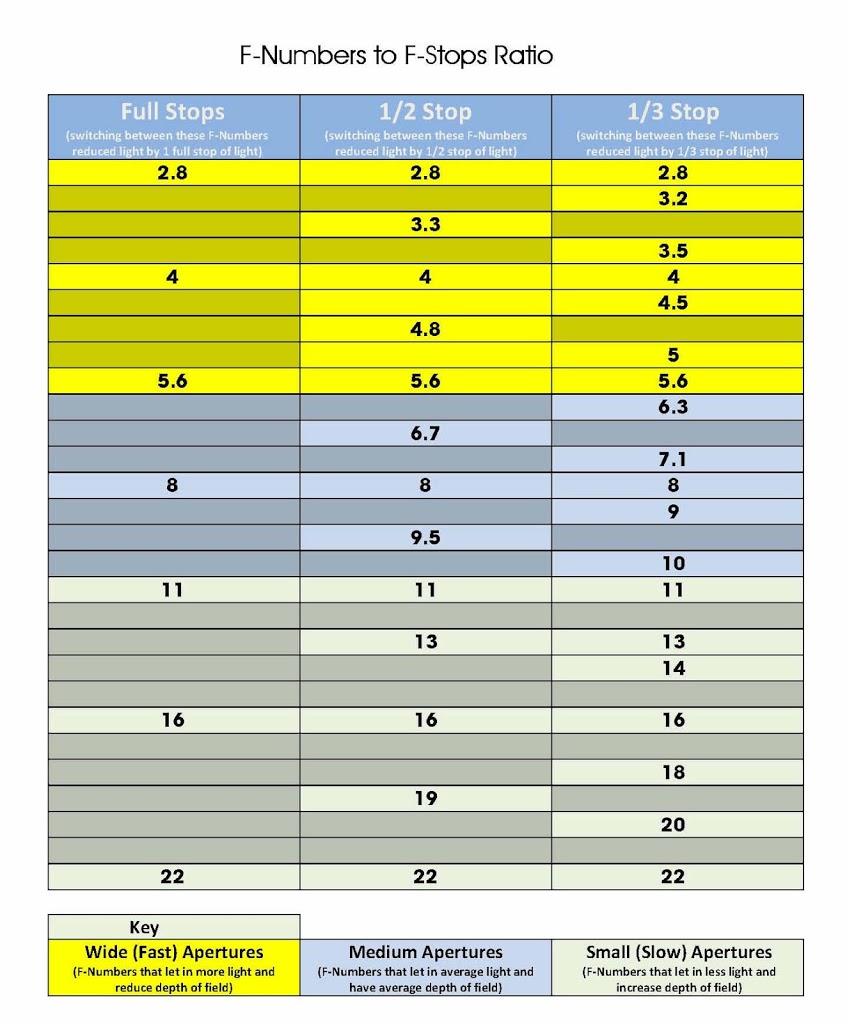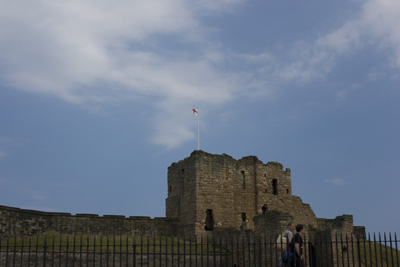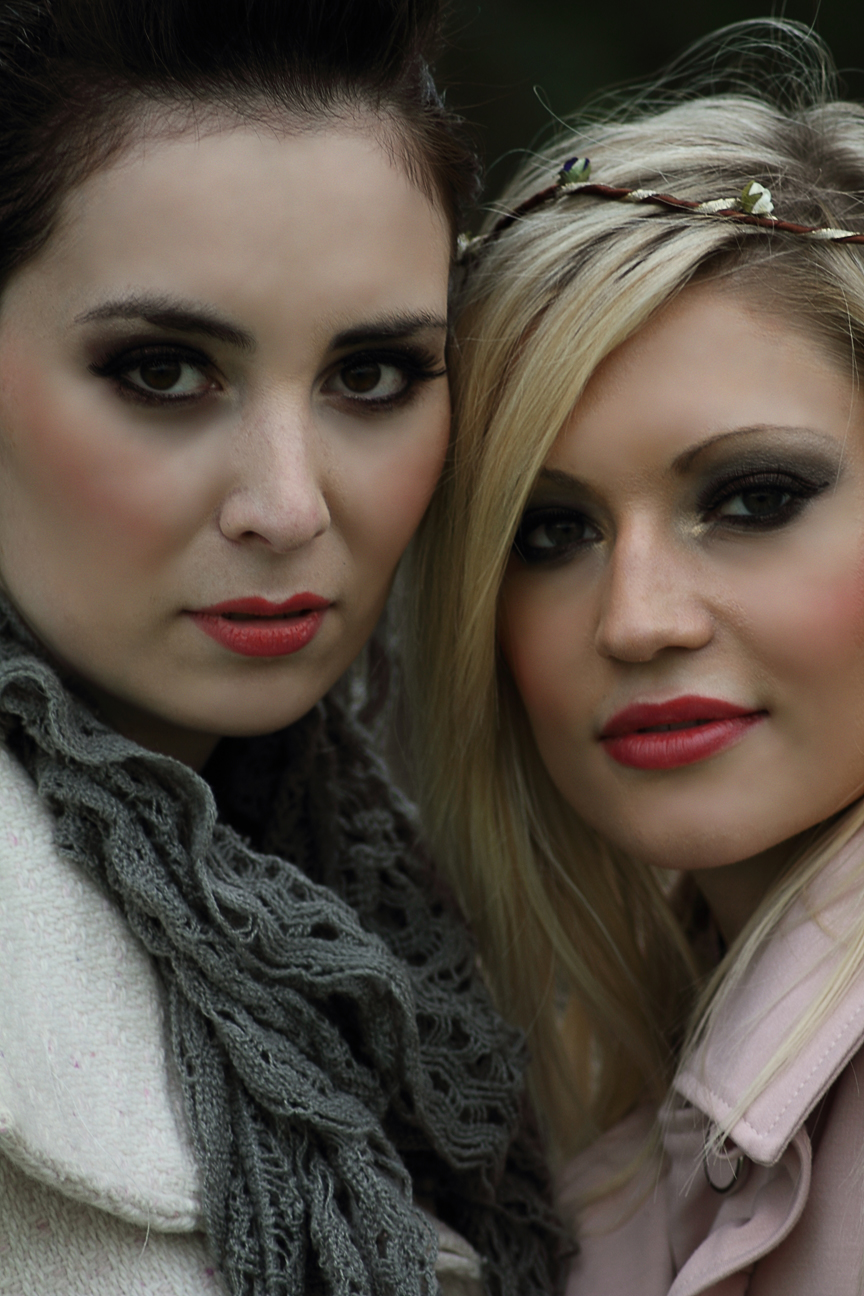DSLR Controls – Top Controls
I must start first off by saying that the shots in this post are of my Canon 7D and whilst most Canon cameras all have the same layout, Nikons do not. This does not really make a lot of difference as the operation of most DSLR cameras are the same, and whilst the buttons may not be in the same place, they do operate in the same or similar way.
Also another important note is that you can program the buttons on most DSLR to do different functions as you prefer, the diagrams and descriptions although are correct for the functions may not operate the same as your camera as these layouts are the default layouts.
The way this will work is I will cover each side of the camera in turn, Back, Front, Top and left. I am not going to mention stupid things like where the batteries go, or how to attach a strap but the more necessary things as well as somethings that when I first started I just could not figure out. Also I have changed the names slightly to help you make more sense of things and not be too technical.
Top of DSLR
 |
| Top of Canon 7D |
The top of most DSLR cameras looks the same with the Hot Shoe in the centre and the LCD screen to one side. I am going to start from the bottom left of the picture and work clockwise, ok so here goes.
On / Of Switch
This is the main on / off switch on your camera, and although your camera may go into powersave mode after a period of non use in order to turn it off completely simply switch this switch to off. Then back to on to switch it on.
Mode Selector Dial
This is the mode your camera will operate in simply turn the dial to the desired mode, everything from Full Auto right up to Full Manual. To select a mode just line up the indicator with the small white line on the camera body to the right of the dial.
I am going to list the selection here, but note these are specific to Canon and whilst other makes have exactly the same options they are labelled differently. Although they will function in exactly the same way, I will start at the green square and work anti-clockwise.
Green Square – Full Auto
This is fully automatic mode, the camera will take care of everything just point and shoot.
CA – Creative Auto
This stands for Creative Auto, and whilst the camera will take care of everything you can change some setting to be a bit more creative, such as depth of field, picture style, etc.
P – Program AE
This is the Program AE mode, it is the next best thing to manual, in this mode the camera sets the basic exposure setting shutter speed and aperture, but you set everything else.
TV – Time Value
This stand for Time Value and in this mode you set the shutter speed and the camera automatically sets the correct aperture, again you have full control over everything else as this is classed as a manual mode.
AV – Aperture Value
This stands for Aperture Value and is the opposite of TV in that this time you set the aperture and the cameras sets the correct shutter speed, again you have full control over everything else as this is classed as a manual mode.
M – Manual
This is Manual mode and this is for big boys only. In this mode the camera does not set anything, its all doesn to you, aperture, shutter speed and everything else. This is fully manual mode, and my personal choice.
B – Bulb
This stands for Bulb and in this mode the camera opens the shutter when you press the shutter release and closes it when you let go. In this mode it is important to use a remote trigger to avoid camera shake.
C1, C2, C3 – Custom
These are custom modes and all you to save specific camera setting and recall them simply by selecting the option such as C1. for example you can setup you camera perfect for night photography and save it under C1, then simply select C1 everytime you want to take night photos.
Metering / White Balance
This allows you to change the white balance settings and metering mode of the camera.
AF Mode / Shot Drive Selection
This allows you to select the auto focus mode type, such as spot, centre. This button also lets you change how many shots are taken when you press the shutter.
Multi Function / Manual Focus Point Selection
This button works differently depending on the chosen camera mode, but it is mainly used for setting the focus mode of the camera. After you press this button you can choose the focus mode by pressing the Focus Mode button (third button top right on the rear of the camera) repeatedly until you get the desired focus mode.
Setting Selection Main Dial
This is one of the two main dials on the camera, whilst the larger dial on the camera rear is the main system dial, this dial allows you to change other settings such as aperture, shutter speed and basically works with the large dial for all camera buttons that are dual function such as when you press the AF Mode button.
ISO / Flash Exposure Compensation
This button allows you to change the ISO of the camera as well as make adjustment to the cameras flash compensation.
LCD Screen Back Light
This turn on and off the back light for the top LCD screen.
Settings LCD screen
This is the main setting screen, where you can view and change settings such as aperture, shutter speed, ISO, etc.
Dipotric Adjustment
When ever you use the view finder it is factory set for most people with normal eyesight, however if you where glasses or have poor eye sight you may find that you think shots are in focus when in fact there not. To combat this you can adjust the viewfinder by moving the Dioptric adjuster to match your eye sight and bring everything into focus.
Hot Shoe / Flash Attachment
This is where an on camera flash connects, its also where any off camera flash accessories connect to such as triggers or off camera flash cords.
HUGE IMPORTANT NOTE – check in your user manual before connecting anything here, check for the trigger voltage and that it does not exceed that advised for your camera. For the Canon 7D this is 5v but will vary from camera to camera. But check before you attach anything in order to avoid damage to your camera.






